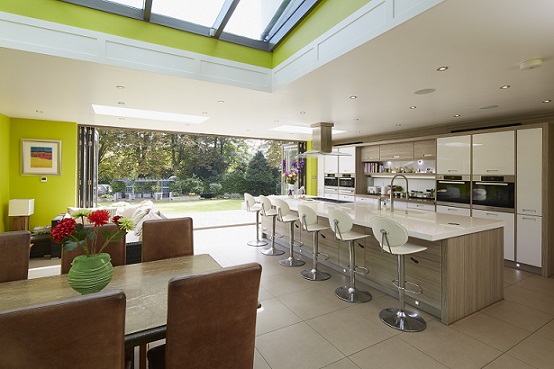Call for help and advice
T: 941-484-4861
E: info@origindw.com
< News
From Tiny Sculleries to Open Plan Mega Kitchens: A Century of Kitchen Design
2nd September 2014
You are using an outdated browser. Please upgrade your browser to improve your experience.
JavaScript seems to be disabled in your browser. You must have JavaScript enabled in your browser to utilize the functionality of this website.
skip to main contentKitchens are very much the focal point of a home these days, so much so that it’s now difficult to imagine a time when they were purely the domain of servants or the woman of the house, contained little more than a tin sink and table and were used solely as an area to prepare food and wash up.
Things have changed dramatically over the past 100 years. Kitchens are now a place for the whole family to relax, work and socialise as well as cook. Modern kitchens spill out into the garden, and are places for entertaining friends and family throughout the year.
Below, we take a look at how this change has come about, how the kitchen has opened up to become the heart of the home and advise how you can recreate the look of your favourite style decade.
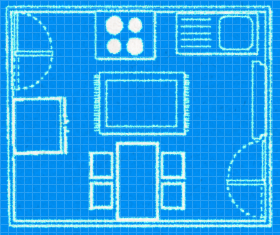
Space was at a premium in 1920s kitchens as the room hadn’t yet come into its own as the entertainment space it is today, so it was purely functional.
Unless you were rich enough to have a house to rival Downton Abbey, the kitchen would have been very small as it was simply a place to cook and then clean up afterwards. Hoosier cabinets were the original fitted kitchen in many ways, as for the first time in history, here was a place to store multiple items and prepare food on the fold down worktop. Other than the cabinet, the only furniture you would find in the 1920s kitchen would be a cooker, a table and a small sink and drainer, often without running water.
As food was bought fresh from the butchers and grocers, it was usually unwrapped so had to be stored in jars, wooden crates or tin boxes. Other than the women in the household, family members rarely entered the kitchen and you certainly wouldn’t find the man of the house washing up or the children doing their homework in this cramped space.
Nothing too fancy - mainly grey, grey with green hues, white and black

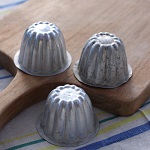
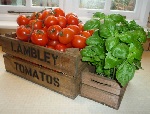
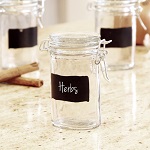
Jelly moulds from Magpie living
Food storage crates from Vintage Crates
Food storage jars from Dibor
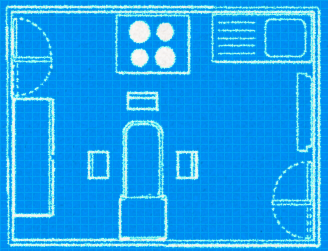
The 1930s saw the very first signs of the kitchen being more than just a place to prepare food. In more affluent homes, breakfast bars were beginning to be introduced and in many homes, these actually folded out of cabinets so they could be put away with ease after a meal.
Colour started coming into the kitchen too, both in paint and accessories, with iconic designs from ceramics designer Clarice Cliff brightening up the room. In this decade, the material Bakelite, a type of plastic, was hugely popular, and was used to manufacture a range of kitchen items including everything from utensil handles and canisters to clocks and telephones. As Bakelite was a plastic, it meant that these accessories could be manufactured in a range of bright colours which helped to boost the trend for colour in the 1930s.
Becoming bolder with pale green, blue and pink, and browns such as beige and coffee

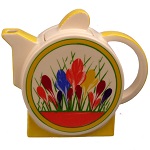
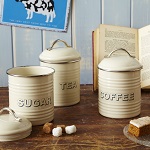
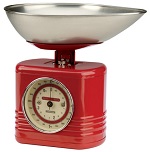
Clarice Cliff style teapot from Stoke Art Pottery
Cream ware Canisters from Live Laugh Love
Red Vintage Scales from Typhoon
At the start of the 1940s, the brakes were put on kitchen design and consequently usage. The Second World War meant that resources were at a minimum, so new kitchens and accessories were out of the question. In many ways, the kitchen jumped back to the 1920s where much more emphasis was put on the function of the kitchen and home cooking, particularly with the government’s ‘grow your own’, ‘dig for victory’ and ‘don’t waste food’ campaigns, and rationing meant that the kitchen was now used to fuel the household.
Post WWII, kitchens started to progress again and key trends of future decades were seen for the first time, such as chrome stools, gingham prints, tiled worktops and coloured enamel appliances.
Much the same as the 1930s, although towards the end of the decade, dark greens, reds and white shades were used.

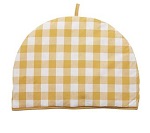
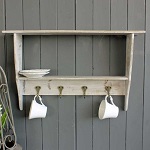
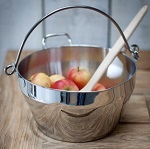
Gingham tea cosy from Scotts of Stow
Whitewashed Wooden Wall Rack from Magpie LivingStainless Steel Preserving Pan from Garden Trading
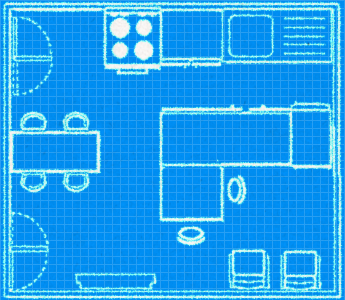
Fitted kitchens, like those we’d recognise today, first made an appearance in the 1950s when consumerism boomed post-war. This was a decade of firsts as kitchens finally opened up into kitchen-diners (sometimes even opening up to the sitting room too), and it was the first decade when the ‘American style’ really began to influence our homes. Bubble-gum colours, oversized appliances and diner-style seating areas became extremely popular.
More conservative households would have stuck to a more muted overall look, with touches of colour and kitsch such as flying ducks on the wall, vegetable shaped condiment dispensers and storage boxes and patterns everywhere!
Anything goes as long as it’s bright! Bubble-gum candy shades of pink, blue and yellow, and the classic palette of red, white and black.

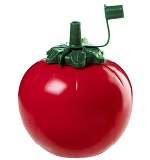

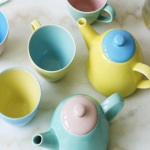
Squeezy Tomato Ketchup Dispenser from Lakeland
Oversized Pink Fridge from Smeg
Pastel Ceramic Cups and Teapots from Oliver Bonas
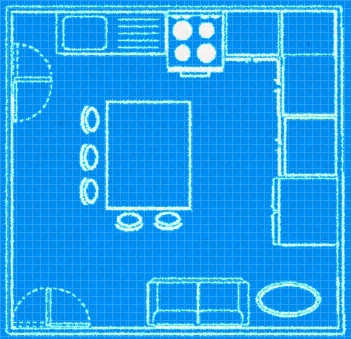
Warm wood, bold tiles and funky laminate, all in psychedelic colours, was the décor of choice in the swinging sixties, and it’s in this decade that the kitchen really came into its own as the entertainment space in the home. This was reflected by the appearance of kitchen islands (often complete with racking and a Lazy Susan!) which allowed the host to prepare food whilst entertaining the guests.
Food preparation took a bit of a backseat in the 1960s as the disposable convenience of fast food saw many families eating out cheaply and the popularity of the microwave meant cooking at home was now quick and easy. This meant the kitchen became an icon of style and entertainment, rather than a place to show off cooking skills, and therefore, there was plenty of seating, making it very much a communal place.
Earthy brown tones alongside shades of yellow.

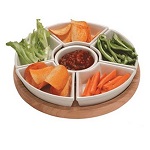
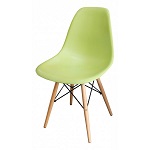
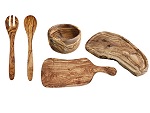
Wooden Lazy Susan by The Cooks Kitchen
Eames style chairs by Fusion Living
Olive Wood Serveware from John Lewis
One word to describe the 1970s kitchen is ‘bold’. Bold colours, bold patterns and bold accessories, sunglasses were all at the ready! The 1970s was when kitchens really started to become the centre of the home, and the space grew to incorporate even larger seating and dining areas to become truly open plan. Wood was a major design style in this decade with wooden cabinets, panels and even ceilings being the norm. Sometimes, wood was put to great effect to create a wood panelled dining ‘nook’ for cosy meals with family or friends.
No surface was safe from a colour or a pattern, including appliances which often featured the insanely popular avocado green finish. This was the first decade where large windows were designed into the kitchen, which is just as well given the gloominess often created by excessive wood, and large windows represented the first step towards opening up the home into the garden.
Every colour you would never think would go together, yet somehow did - avocado green, orange, brown, gold, yellow.
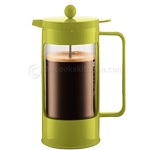
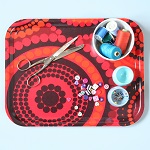

Bodum Bean coffee maker by The Cooks Kitchen
Vintage Bright Dots Fabric Tray by Winter’s Moon
Orla Kiely Linear Stem Salad Bowl
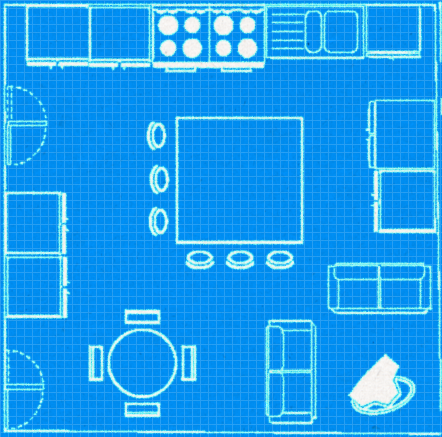
The motto of the 1980s was the bigger, the better, as more and more people entered the middle-classes and suddenly had a larger disposable income to dedicate to interior design. Kitchens became bigger than ever, finally reaching their maximum size, and took their place as the hub of the home once and for all. One of the key interior designers of the decade was the company, Memphis Milano, whose signature look of bright geometric furniture and patterns was once described as “a shotgun wedding between Bauhaus and Fisher-Price” – ouch!
As well as bold, brightly coloured pieces, kitchens were also influenced by country style living with pastel cupboards, tiles and appliances taking centre stage and complemented with floral fabrics and accessories, most often from Laura Ashley.
Lovers of the bold geometric patterns went for bright blue, green and red, whereas the more conservative went for the country house look of pastel greens, pinks and blues.



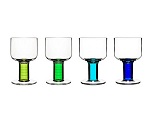
Bitossi Home Timer Pink at Heal.co.uk
Mediterraneo Kitchen Boxes by Alessi
Sagaform Club Wine Glasses at Debenhams
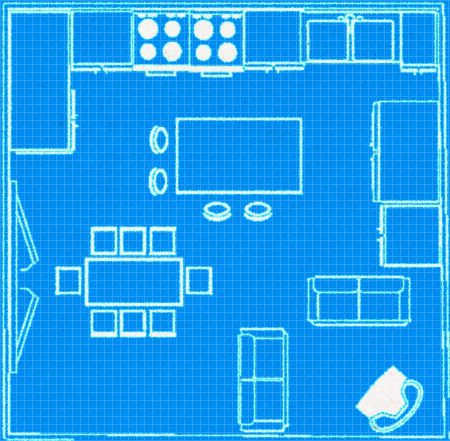
In the 1990s, parts of the kitchen started to disappear as appliances such as dishwashers, fridges and washing machines were hidden behind cabinet panels to give the illusion they were just regular cupboards. This trend continues today with the only appliance not being put into hiding are oversized fridge freezers, which are now a status symbol in their own right.
After the colour explosion in the 1980s, kitchens calmed down in the 90s with pale wood furniture and white cabinets and accessories taking the lead. Minimalist Scandinavia style was popular, especially if it had a rustic look, which was a precursor to the industrial look which grew in popularity in the 2000s. Monochrome was another popular style with black granite tops making their first appearance - these were often complemented with black and white tiles and white cabinets. The 1990s were the first decade when the idea of bringing the outdoors in became popular, and kitchens suddenly started opening up to the gardens as well as the rest of the home. Sliding doors and patio doors were installed to make the most of the extra space outdoors and create a hybrid living area.
Simple and elegant with white, grey and woody browns.

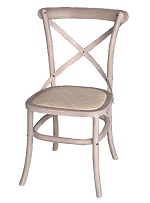
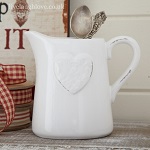
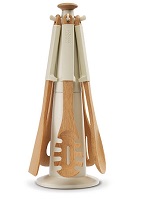
Shaker Style Weathered Oak Dining Chair from Jadore Decor
White Heart Jug from Live Laugh Love
Joseph Jospeh Cream wooden Elevate Utensils Carousel at Debenhams
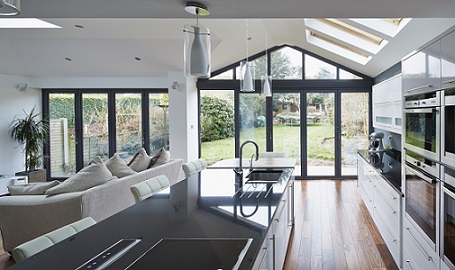
Welcome to the modern kitchen.. Kitchens are now, on average 121 square foot, nearly double the size they were in the 1920s. Kitchens are also the rooms we spend most of our time in now, and are therefore designed to incorporate relaxation areas, dining areas and working areas as well as everything that’s needed for cooking. Appliances are bigger than ever, usually in stainless steel and include range style cookers and oversized fridge freezers - a common feature in many larger homes.
Since the 1950s, kitchens have had elements of entertaining in them, usually in the form of a breakfast bar or small dining area. Now, entertaining is the key focus of many kitchens with large islands and seating, lots of space for standing and mingling and of course, a huge dining table for dinner parties. Bi-folding doors now bring even more space into the kitchen by opening it up to the patio, decked areas and garden beyond – perfect for entertaining on long summer evenings.
The technology revolution of the 2000s onwards caused a surge in popularity for all things minimal in the home, including retro industrial touches. Lots of metal, wood and natural stone adds to the minimalist, natural look.
